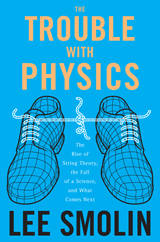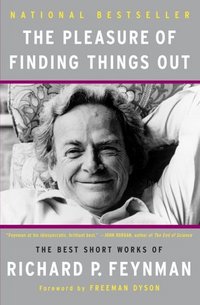I remember George Stigler saying (I think in conversation with me, but maybe as an aside in a lecture), that at first he had been inclined to reject a paper for the JPE that empirically tested astrology. His reason was that, while he liked what the authors were doing, he was not sure that what they were doing, most appropriately belonged in an economics journal.
But when the authors convinced him that they would not be able to publish it anywhere else, he changed his mind and published it.
The episode tells us something about Stigler, and something about scientific method. About Stigler, the episode provides strong evidence of the importance that Stigler placed on evidence, relative to theory.
On scientific method, the episode can be taken as an illustration of Karl Popper’s distinction between the context of discovery and the context of justification. There are many sources of hypotheses (the context of discovery). Famously, Kepler’s inspiration for the elliptical paths of planets, had a somewhat mystical source in the "perfect" solids. But what makes a theory "scientific" is not its context of discovery, but its context of justification, viz., is the theory subjected to empirical test?
Hypotheses are not ruled out of science ab initio, but by being inconsistent with the evidence. I agree with this view, which explains why I am a (passive) member of the Society for Scientific Exploration, which is devoted to the empirical testing of politically incorrect theories (such as UFOs, the Shroud of Turin, ESP, the Loch Ness Monster, etc.)
The JPE astrology article, accepted by Stigler as editor, was:
Bennett, James T., and James R. Barth. "Astronomics: A New Approach to Economics?" Journal of Political Economy 81, no. 6 (Nov.-Dec. 1973): 1473-75.
A more recent empirical test of an astrological hypothesis is:
Wong, Ka-Fu, and Linda Yung. "Do Dragons Have Better Fate?" Economic Inquiry 43, no. 3 (July 2005): 689-97.
For more on Popper’s views of science, consult:
Popper, Karl R. The Logic of Scientific Discovery. New York: Basic Books, 1959.



 Dr. John Snow. Source of photo: online version of the WSJ article cited above.
Dr. John Snow. Source of photo: online version of the WSJ article cited above. Edwin Chadwick. Source of photo: online version of the WSJ article cited above.
Edwin Chadwick. Source of photo: online version of the WSJ article cited above. Source of book image:
Source of book image: 